Japandi style in interior design explained, plus how to style this minimalist look
A signature mix of Japanese and Scandinavian design, this warm, textured, and minimal look offers the best of both worlds
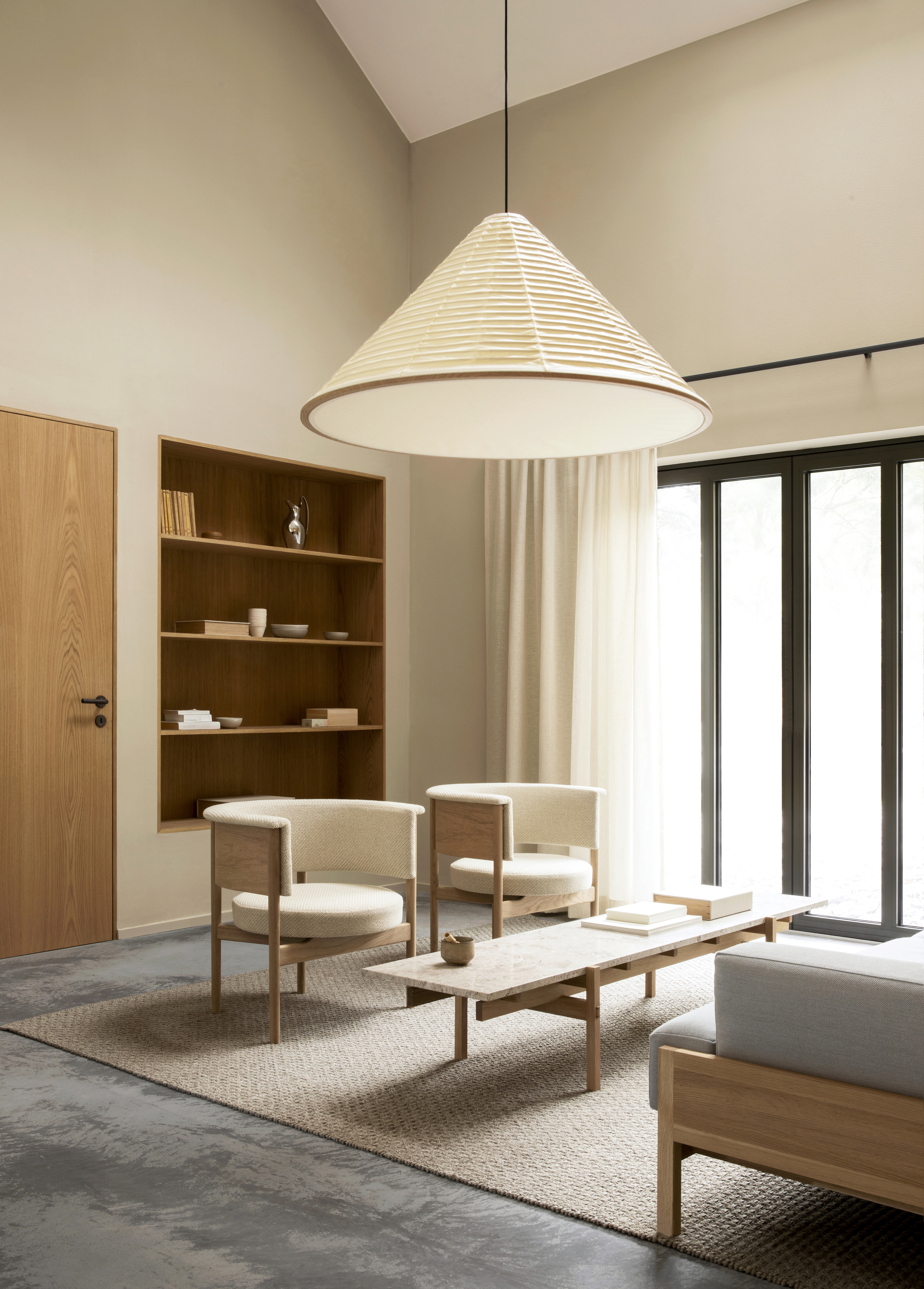
Even if you've never heard of Japandi style before, there's no doubt you've seen it all over your social feeds. The movement, which marries elements of Japanese and Scandinavian design, is a perfect and increasingly popular match.
While minimalist by nature, Japandi interiors are warm and textured, the result of infusing Denmark's 'hygge' lifestyle (cozy vibes only) and Japan's 'wabi-sabi' philosophy (natural imperfections welcome) into soothingly simple interiors. Throw in the cultural, shared appreciation for quality craftsmanship and nature, and it's no wonder these two styles have come together as one – the feeling is mutual.
To get a deeper understanding of what Japandi means as an interior design style, we spoke with experts who use this style throughout their work to learn more about what it is, where it came from, and how to infuse the signature look into your own soothing space.
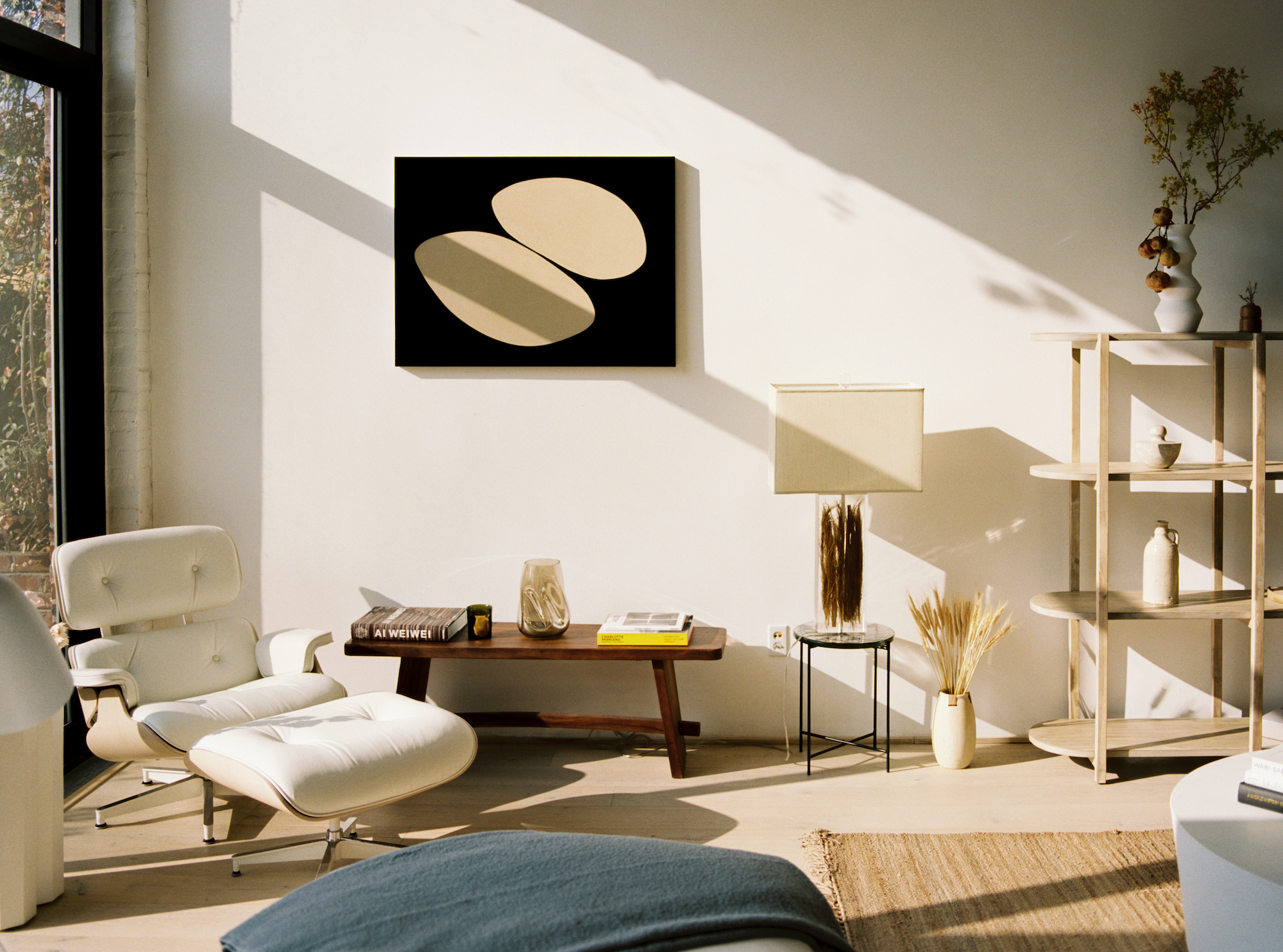
What is Japandi style in interior design?
Japandi style is a blend of Japanese and Scandinavian design. At its root, the style embodies a mutual love of craftsmanship, minimalism, and natural materials found in both cultures. The result, according to architectural designer Amanda Gunawan of L.A.’s OWIU Design, is a style that creates warm, textured, and minimal spaces.
'Both Japanese and Scandinavian design focus on simplicity and maintaining high-quality construction and materials,' explains Gunawan. 'While Scandinavian design focuses more on functionality with clean and simple lines, Japanese design embraces the natural imperfections in materials.'
Naturally, weaving these two styles together feels just right, with deeply connected spaces where every piece counts. And while the signature signs of both methods are hard to miss, the synergy goes beyond the surface.
'The Scandinavian and the traditional Japanese design traditions are bound by a shared understanding of embedded qualities of simplicity, functionality, refinement, and attention to detail,' say Frederik Werner and Jonas Bjerre-Poulsen, partners at Copenhagen’s Norm Architects, a leader of Japandi style. 'There is a mutual understanding and respect in both Scandinavia and Japan for the use of natural materials in design and architecture, a fondness of muted color palettes, and a humble approach to expressivity through genuine craftsmanship.'
The Livingetc newsletters are your inside source for what’s shaping interiors now - and what’s next. Discover trend forecasts, smart style ideas, and curated shopping inspiration that brings design to life. Subscribe today and stay ahead of the curve.
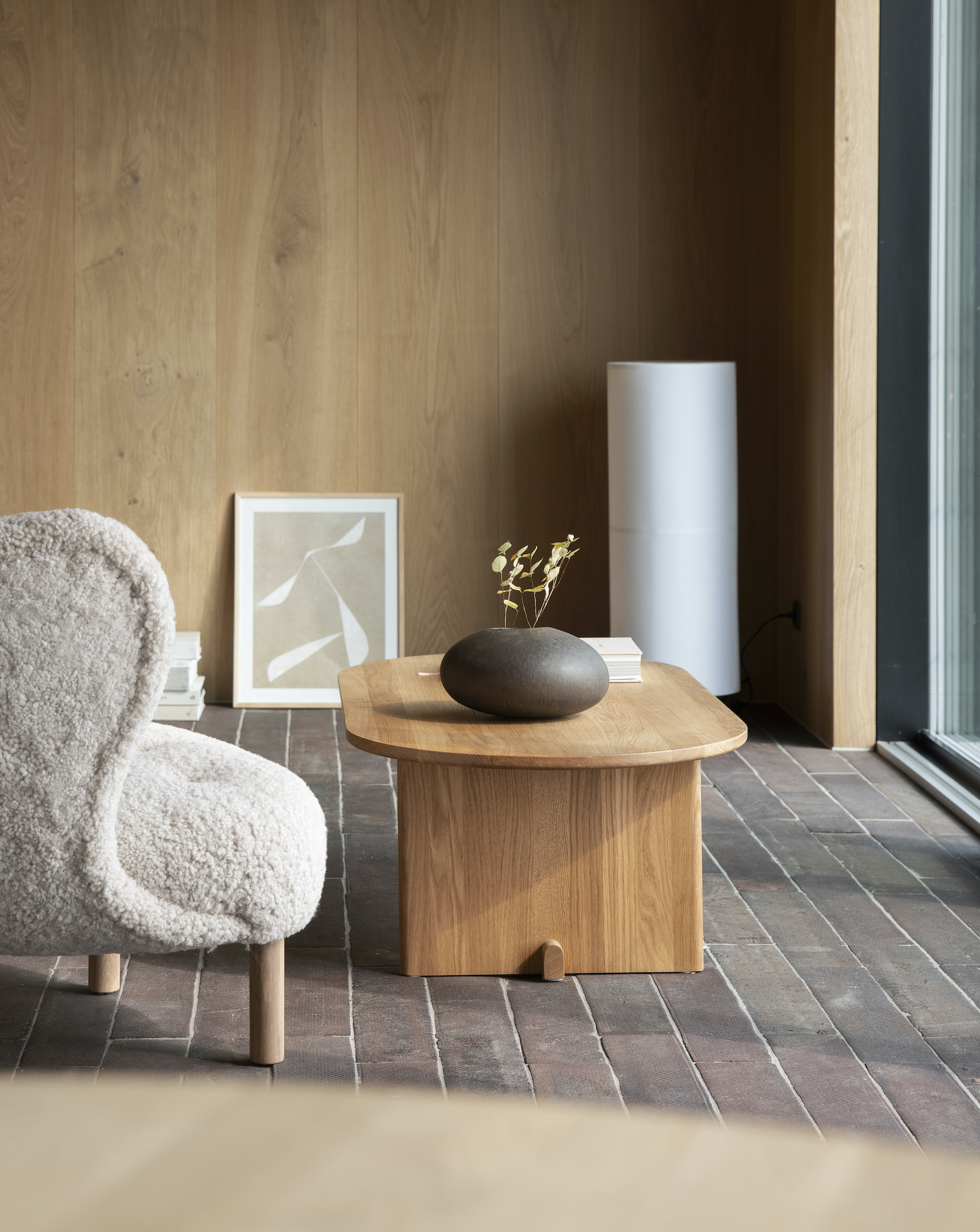
What does a Japandi space look like?
Expect traces of minimalist design throughout Japandi interiors, but with Japanese and Scandinavian sensibilities. 'The typical Japandi home features clean lines, simple shapes and a minimalistic aesthetic,' says Gunawan.
Furniture follows suit with understated pieces that champion simple lines (a hallmark of Scandinavian and Japanese furnishing alike) with natural materials. You’ll find that organic textiles and wooden accents abound alongside rich materials like bamboo and stone.
'In both Japan and Scandinavia they love to spend time in nature and bring nature into their home,' says Laila Rietbergen, author of the forthcoming book Japandi Living and founder of the popular @japandi.interior Instagram. 'This resonates not only by using natural materials like wood and linen but also with organic shapes.'
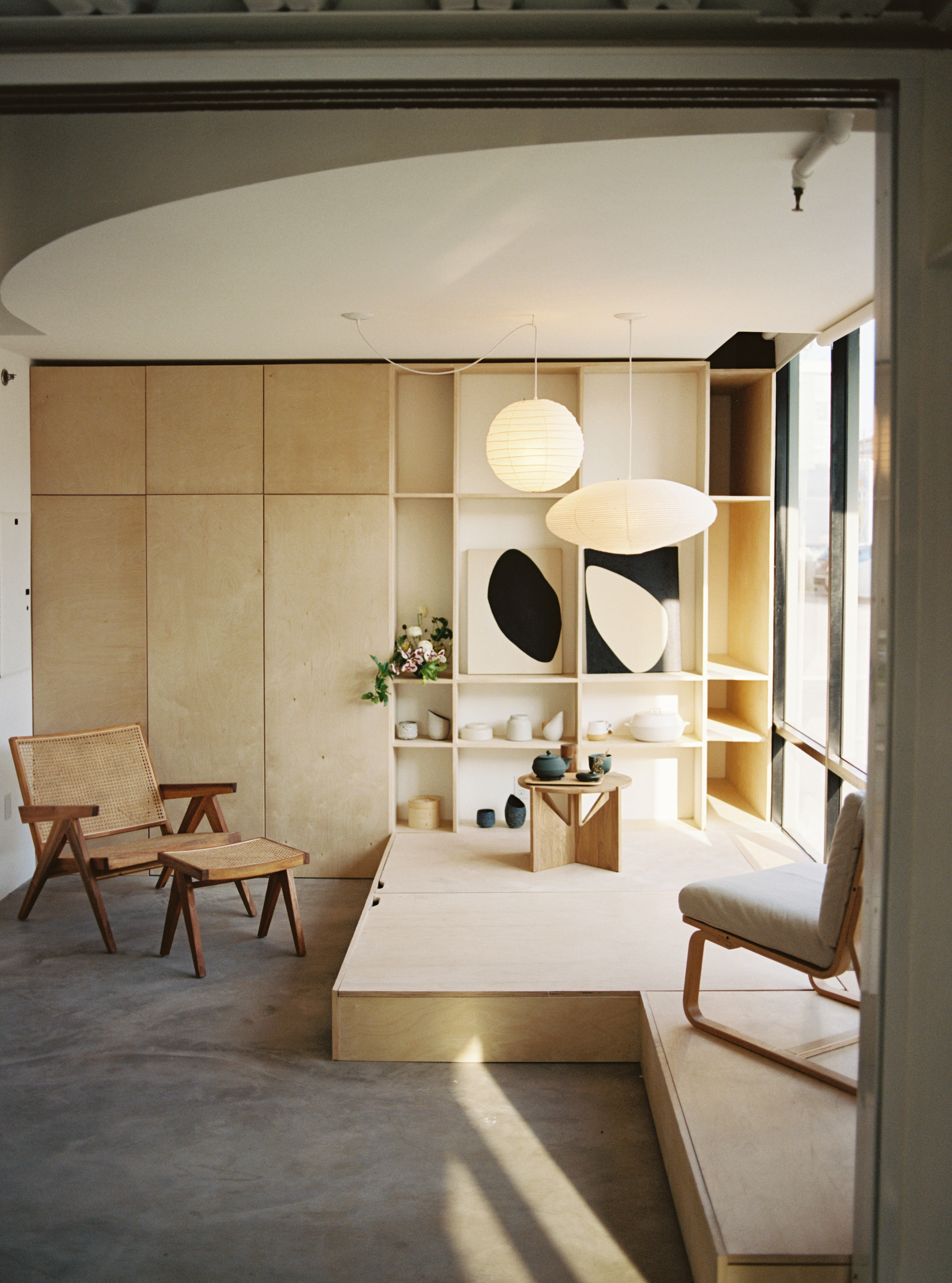
You’ll also see this contrast play out with neutral color schemes, as Japandi finds a natural balance between Scandinavian design’s brighter palettes and Japanese design’s earthy tones. 'Where in Japanese interiors you will find darker colours and wood, in Scandinavian design you will find more light wood and soft and brighter pops of colour,' adds Rietbergen. 'This combined makes an interesting space with different use of natural materials, shapes and contrast.'
When it comes to decor, functional pieces complete the picture with textured rugs, ceramic objects, and often a fresh dose of nature (like a potted plant). As both Japan and Scandinavia champion clutter-free spaces, every piece counts – it’s quality over quantity.
'Both styles emphasize high-quality, long-lasting, and sustainable designs, which is why they are able to come together so naturally,' says Gunawan.
Where did Japandi style come from?
For a style that feels strikingly of-the-moment, you might be surprised to hear that its roots formed long ago. 'While use of the term ‘Japandi’ is relatively new, the connection between Japanese and Danish cultures dates back to the 19th century when Danish designers began traveling to Japan after the 220-year-old closed-border policies were finally lifted and people were free to travel to the destination,' explains Gunawan.
These early Danish travelers found aesthetic principles that resonated with their own, and a relatable design ethos of craft culture. Naturally, a conversation between both styles formed, influencing one another over time.

'Where other design traditions can be sensuous, expressive, and playful, there is a down-to-earth seriousness and thoughtfulness in the Japanese and Scandinavian cultures, both originating in poor peasant cultures, that were forced to a design thinking that was based on accommodating real and practical needs,' explains Norm Architects. 'Therefore, there has been a long and mutual exchange of ideas between Scandinavia and Japan, that is evident in both traditions.'
One of the principles you can’t miss, a mutual love of nature, is evident throughout the choice materials in both cultures. While these principles express themselves in different ways – notedly, Japan’s Wabi-Sabi philosophy embraces natural imperfections in raw materials while Denmark’s hygge concept seeks 'cozy feelings' ingrained in warm woods and natural textiles – the combination creates its own material comforts.
Why is Japandi style so popular right now?
While the precedent for Japandi style existed long ago, the fully realized aesthetic coalesced in recent years. What made it such a hit?
According to Gunawan, Japandi's focus on high-quality, lasting items fits the bill for today's sustainably-minded ethos. 'From furniture to fixtures and decorative items to ceramics, people are appreciating and looking to quality over quantity,' says Gunawan. 'Japandi also emphasizes sustainability in the long-run. Investing in high quality design that is built to last a long time is a sustainable practice.'
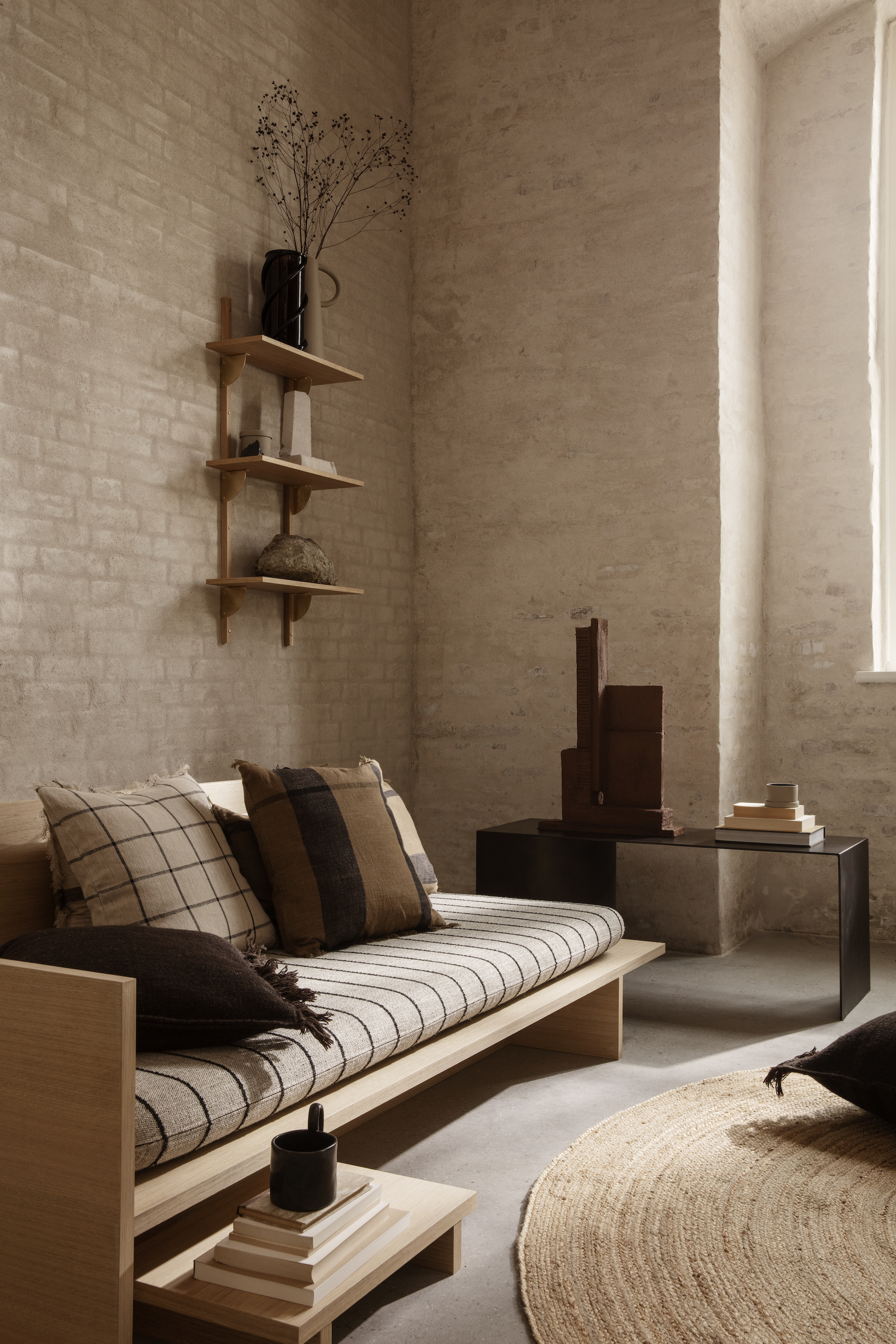
Of course, if it's only just now on your radar, the serenity of Japandi interiors just makes sense in today's climate, where our home environment is top of mind.
'During the pandemic, a lot of people were spending more time at home,' adds Rietbergen. 'It became their workspace, daycare, and the place where you spend your leisure time as well. [I] think a lot of people are looking for a style that is relaxing. The serene and calming aesthetics of Japandi style and the craftsmanship items that are more durable fits perfectly within these needs.'
How can you give your interior a Japandi look?
If you’re smitten with Japandi interiors, there are a handful of core principles that will help you incorporate the style into your home. For starters, designer Amanda Gunawan recommends basing your interior in a neutral color scheme, highlighting tones like gray, white, beige, and brown.
Next, Gunawan says to consider your accessories and decor, opting for organic materials whenever possible (think ceramics, dried plants, and rugs with natural fibers) to lend natural character and texture to your space. This same logic applies to natural materials and finishes – 'linen, concrete, light wood, brass, anything raw,' notes Gunawan. When it comes to lighting ideas, Gunawan also recommends creating a space that emphasizes 'lots of natural light during the day and warm light at night.'
And, if there’s one tried-and-true method for creating the Japandi feel, it’s decluttering your space of useless items. 'In Japandi interiors, especially in Japanese interiors, almost all decorations have a purpose,' says Laila Rietbergen. 'They are functional items, like ceramic cups, a teapot or books.'
Keith Flanagan is a New York based journalist specialising in design, food and travel. He has been an editor at Time Out New York, and has written for such publications as Architectural Digest, Conde Nast Traveller, Food 52 and USA Today. He regularly contributes to Livingetc, reporting on design trends and offering insight from the biggest names in the US. His intelligent approach to interiors also sees him as an expert in explaining the different disciplines in design.